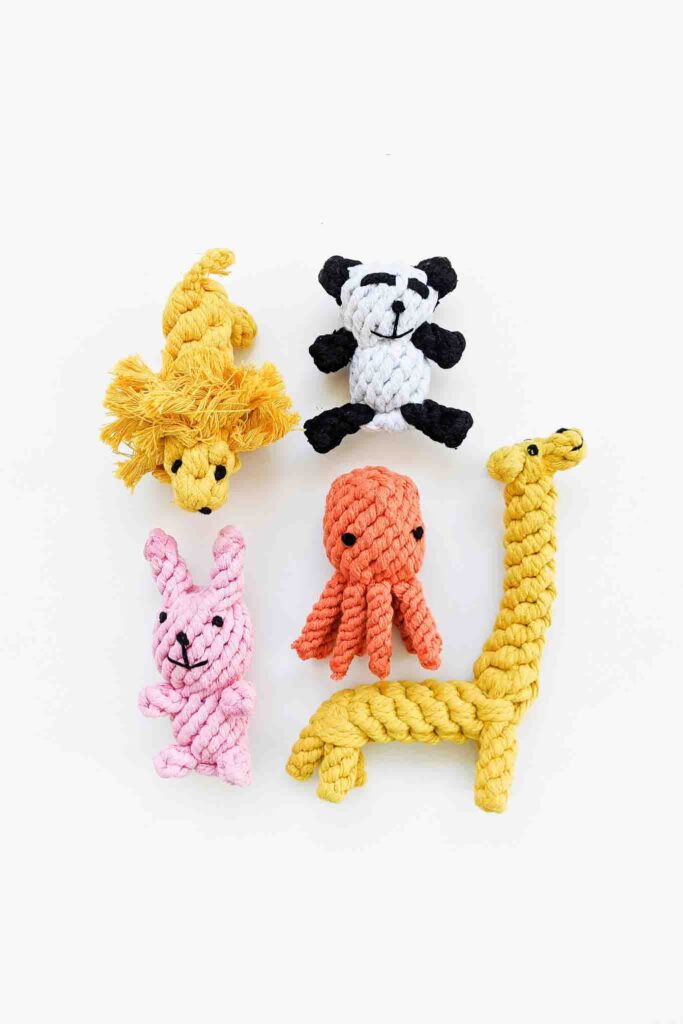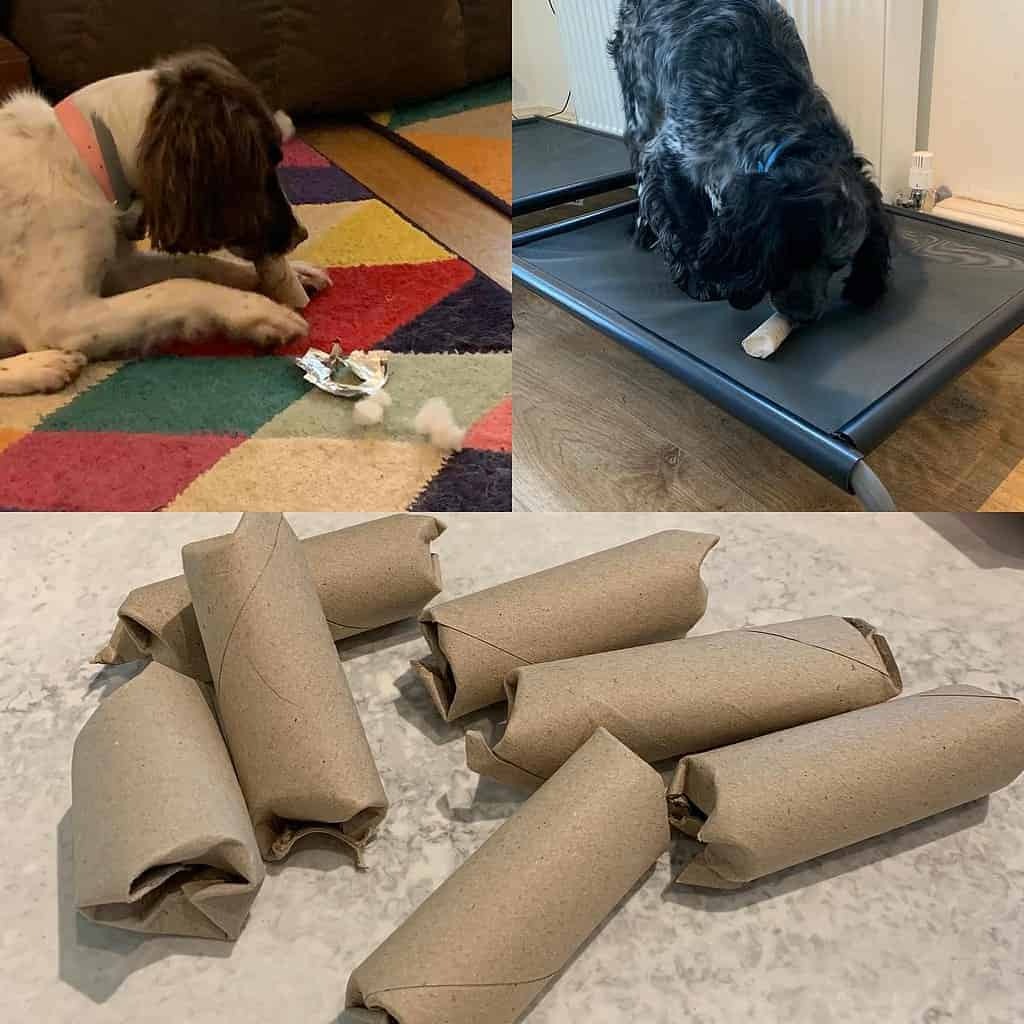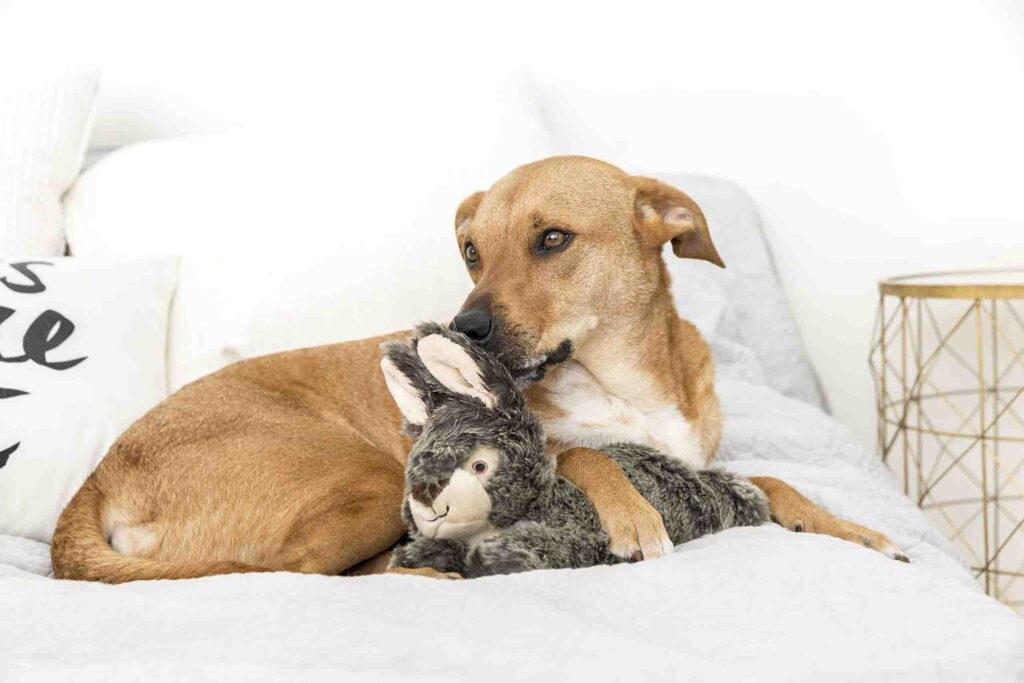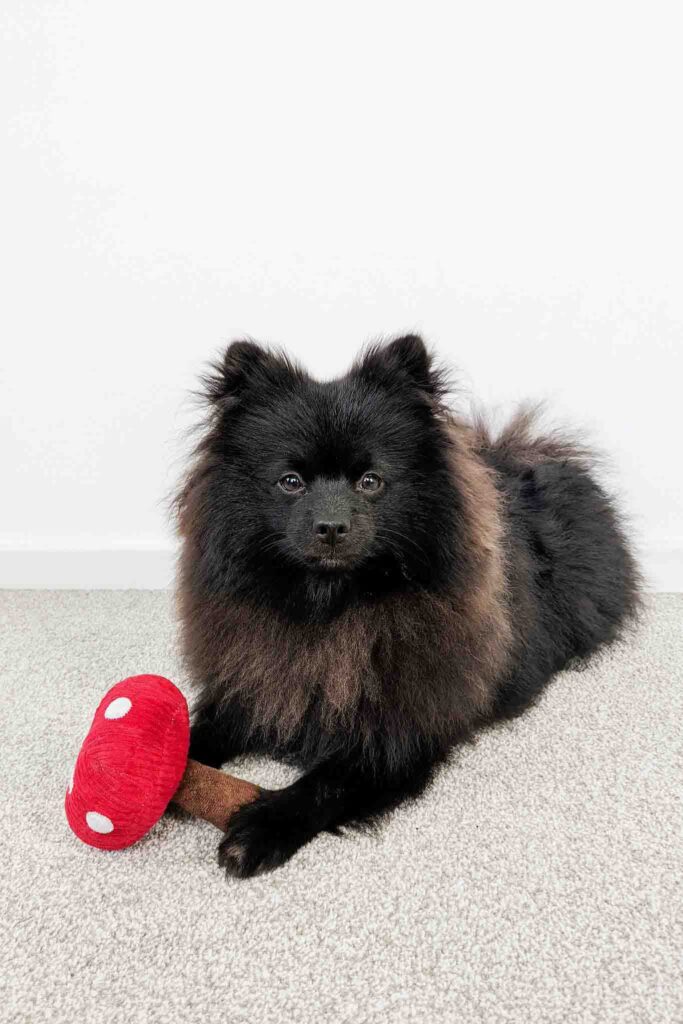When it comes to crafting homemade dog toys, choosing the right fabric isn’t just about aesthetics or convenience—it’s about safety, durability, and keeping your furry friend happy and healthy. Many dog owners struggle to find materials that can withstand enthusiastic chewing while being safe and comfortable. The best fabric for homemade dog toys balances toughness, non-toxicity, and ease of cleaning, typically including cotton, denim, fleece, and durable synthetic blends.
Summary: The best fabrics for homemade dog toys are those that combine durability, safety, and comfort. Natural fibers like cotton and denim offer toughness and breathability, while synthetic blends provide extra chew resistance and moisture control. Choosing the right fabric depends on your dog’s chewing style and health needs.
Imagine a lively Labrador named Max who shredded every toy within minutes—until his owner switched to a thick canvas fabric, transforming playtime from chaos into calm. Curious about how to pick the perfect fabric for your pup’s favorite toy? Let’s dig deeper.
1.What fabrics are safest for homemade dog toys?

The safest fabrics for homemade dog toys are non-toxic, free from harmful dyes, and resistant to loose fibers that can cause choking or digestive problems. Natural fibers like organic cotton and tightly woven denim are top choices.
- Non-Toxic Materials: Some fabrics may contain harmful chemicals, dyes, or finishes. Always choose fabrics labeled safe for children or organic certification to minimize risks. Avoid materials treated with flame retardants or heavy dyes.
- Fiber Shedding and Ingestion Risks: Loose threads or fluffy fabrics can be dangerous if ingested. Avoid plush materials with high shedding and opt for tightly woven fabrics to prevent choking hazards.
- Allergies and Sensitivities: Some dogs may have allergies or sensitivities to synthetic fibers. Natural fibers like cotton are less likely to cause reactions.
- Easy to Clean: Safe fabrics should also withstand regular washing to maintain hygiene and prevent bacterial buildup, a common issue in dog toys.
- Examples: Organic cotton canvas, denim, and cotton twill are widely recommended for their safety profile and durability.
Choosing a safe fabric is the foundation for a lasting, healthy toy. Reach out to Kinwin for customized, safe fabric options tailored to your dog’s needs.
2.Which fabric types offer the best durability for aggressive chewers?

Denim, canvas, and heavy-duty synthetic blends provide the best durability against aggressive chewing, resisting tears and punctures better than soft, plush fabrics.
- Denim and Canvas: These are thick, tightly woven natural fabrics that withstand rough chewing. Denim especially offers abrasion resistance and holds up well even after repeated washing.
- Synthetic Blends: Materials like nylon blends and reinforced polyester add chew resistance and water repellency. Some blends are engineered with ripstop technology to prevent tears.
- Fleece and Plush: While cozy and soft, these fabrics wear down quickly under aggressive chewing and are not ideal for heavy chewers.
- Fabric Reinforcement: Double or triple-layered fabric and internal stuffing can prolong toy life. Using stitching techniques like zigzag or bar tack reinforces seams.
- User Experiences: Many pet owners report that canvas toys last up to 3 times longer than plush toys for strong chewers.
- Maintenance: Durable fabrics often require washing to prevent odor and bacteria buildup; synthetic blends may dry faster.
Consider your dog’s chewing intensity and opt for durable materials accordingly. Contact Kinwin to explore high-performance fabric blends made for tough chewers.
3.How do different fabrics affect dog toy comfort and usability?

Soft fabrics like cotton and fleece provide comfort and flexibility, making toys more enjoyable for gentle chewers and interactive play.
- Softness and Texture: Plush and fleece offer a comforting texture that many dogs love, especially puppies and older dogs. They’re easy to grip and gentle on teeth.
- Flexibility: Stretchy fabrics allow toys to be squeezed, pulled, and tossed without breaking. This flexibility is essential for fetch and tug games.
- Cleaning and Maintenance: Softer fabrics can absorb saliva and dirt more easily, potentially harboring bacteria if not washed regularly.
- Breathability: Natural fibers like cotton offer breathability, reducing moisture buildup and odors.
- Balancing Comfort and Durability: Owners of moderate chewers often select fabric combinations—durable outer layers with soft interiors.
- Safety Note: Avoid overly fluffy fabrics that shed or easily tear, as pieces can be swallowed.
Balancing comfort and toughness creates toys your dog will cherish. Ask Kinwin about custom designs that blend softness with durability perfectly.
4.Are there eco-friendly fabric options for sustainable dog toys?

Yes! Organic cotton, recycled polyester, and hemp fabrics provide eco-friendly, biodegradable, and sustainable options for conscious pet owners.
- Organic Cotton: Grown without harmful pesticides and chemicals, organic cotton is biodegradable and safe for pets and the planet.
- Recycled Polyester: Made from post-consumer plastic bottles, this fabric reduces landfill waste and offers durability and water resistance.
- Hemp: An ancient fiber known for strength, hemp is naturally pest-resistant and grows with little water, making it a sustainable choice.
- Biodegradability: Natural fibers decompose faster than synthetics, reducing environmental impact after disposal.
- Certification and Sourcing: Look for GOTS certification (Global Organic Textile Standard) or OEKO-TEX to ensure fabric sustainability and safety.
- Challenges: Eco-friendly fabrics sometimes cost more and may have different durability profiles; however, the environmental benefits often outweigh these downsides.
Sustainability meets durability when you choose wisely. Connect with Kinwin for eco-conscious fabric selections tailored to your brand values.
5.Do fabric blends or treatments improve the lifespan of homemade dog toys?

Yes, blends and treatments like antimicrobial coatings, ripstop weaving, and water repellents significantly enhance toy durability and hygiene.
- Antimicrobial Treatments: These inhibit bacterial and fungal growth, keeping toys fresher longer and safer for dogs with allergies.
- Ripstop Weave: A special reinforced weaving technique that prevents small tears from spreading, extending toy life.
- Water-Repellent Coatings: Useful for outdoor toys, these coatings prevent moisture absorption, reducing mold and odor.
- Fabric Blends: Combining cotton with synthetic fibers can optimize softness, strength, and moisture control.
- Safety Considerations: Treatments should be non-toxic and pet-safe; some chemicals used in fabric finishing can irritate dogs.
- Care Instructions: Treated fabrics might require specific washing methods to maintain efficacy.
Fabric innovations are reshaping dog toy quality. Reach out to Kinwin to explore advanced fabric treatments customized for your products.
6.How can you choose the right fabric based on your dog’s breed and chewing habits?

Selecting fabric depends on your dog’s size, breed tendencies, and chewing strength to ensure safety and longevity.
- Small Breeds: Often prefer softer fabrics like fleece or plush due to gentler chewing habits.
- Medium Breeds: Benefit from medium-weight fabrics such as cotton blends or denim, balancing durability and comfort.
- Large/Aggressive Chewers: Require heavy-duty fabrics like canvas, ripstop nylon, or reinforced blends to withstand strong jaws.
- Puppies: Need softer, non-toxic, and washable fabrics due to teething and exploratory chewing.
- Behavioral Considerations: Dogs that chew out of boredom might need tougher, interactive toys to last longer.
- Monitoring Wear: Regularly inspect toys for damage and replace if stuffing or fabric becomes exposed.
Understanding your dog’s habits helps tailor fabric choices for optimal safety and enjoyment. Contact Kinwin to design fabric solutions customized for your specific dog toy needs.
Conclusion
Choosing the best fabric for homemade dog toys requires balancing safety, durability, comfort, and sustainability while considering your dog’s individual needs. From organic cotton to reinforced synthetic blends, each material offers unique advantages. Whether you’re a casual DIYer or a manufacturer aiming for high-quality products, understanding fabric properties is key.
For personalized advice and premium fabric sourcing, contact Kinwin today. We specialize in custom fabric solutions that meet your safety, performance, and sustainability goals—helping you create dog toys that both pets and owners will love.




